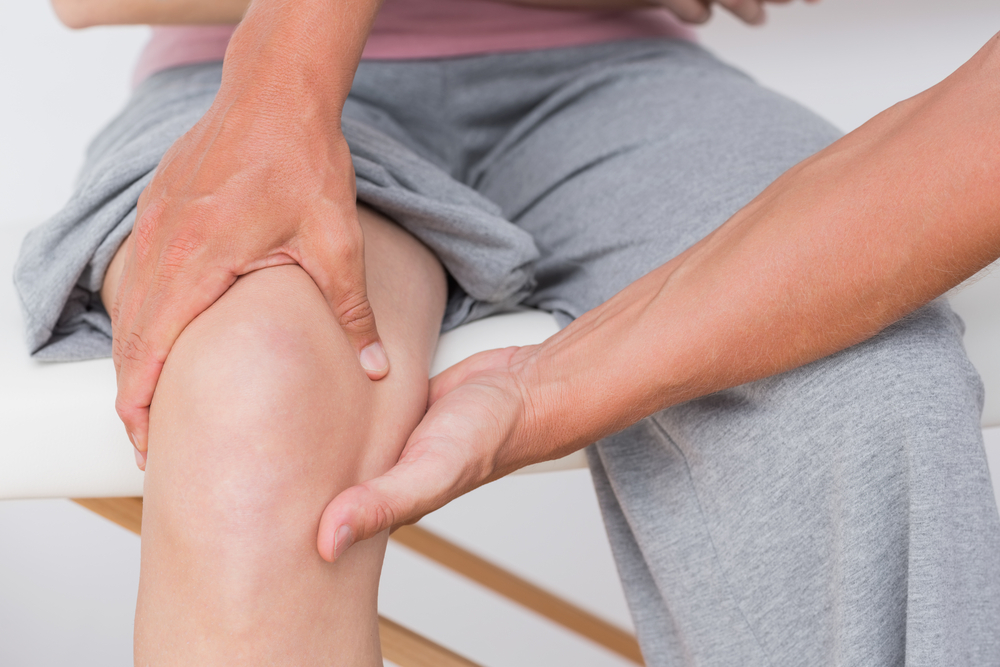Long-term Knee Function in CP Improves With Combo Surgery, But Activity Levels Remain Low

A specific type of combination surgery may offer more long-term improvement in crouch gait among youths with cerebral palsy (CP).
Numerically fewer patients who had such surgery — known as extension osteotomy with patellar tendon advancement (DFEO-PTA) — crouched at long-term follow-up, said researchers at Gillette Children’s Specialty Healthcare in St. Paul, Minnesota.
The procedure did not, however, improve other factors such as mobility, pain and quality of life compared to other treatments.
The study, “Long-Term Outcomes of Distal Femoral Extension Osteotomy and Patellar Tendon Advancement in Individuals with Cerebral Palsy,” appeared in the Journal of Bone and Joint Surgery,
Crouch gait in walking — an inability to fully straighten the leg — is common among adolescents with CP. But since it increases the risk of further bone and joint damage, particularly to the knee, doctors try to treat it.
In DFEO, a surgeon removes a wedge from the thigh bone to straighten the knee. PTA is a method for re-tensioning muscle tendons. The combination of the two is better than other treatments. including use of the methods separately, short-term studies show. But so far, long-term data on the outcomes of the approach have been lacking.
The Gillette research team recruited 87 patients being followed after DFEO-PTA surgery, and 210 controls who had other treatments for the condition. Those who had surgery had a median follow-up time of 13 years, although some had been followed for up to 21 years.
Despite having less extended knee joints before the treatment, those who underwent the combo surgery had better gait and knee function at long-term follow-up. By then, 37 percent of those who had combination surgery had crouch gait, compared to 65 percent in the control group. This difference was, however, not statistically significant.
The ability to extend the knee was somewhat lower than at short-term follow-up in the DFEO-PTA group, but better than before the surgery.
Participants scored similarly in questionnaires and assessments exploring function, mobility, participation, quality of life, pain and osteoarthritis (degenerative joint disease).
“At long-term analysis, DFEO + PTA improves stance phase knee extension and knee flexion contracture compared with conventional treatment, but these benefits do not translate to improved activity, participation, or knee pain in early adulthood,” researchers wrote.


